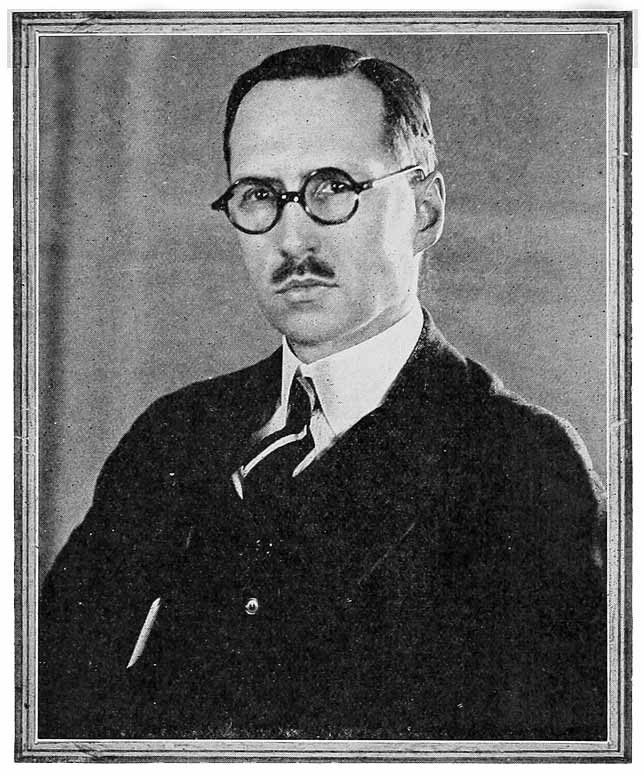John Randolph Bray got inspired by animation at the early age of moving pictures. In 1914, he started a Bray Studio which he was focused on making animated films. He did everything from producing and directing to acting and animating. He was a producer and director, known for Let’s Talk Turkey (1936), Jewel of Asia (1937) and Wildman’s Land (1937).

Bray’s objective was to have four units taking a shot on four cartoons at any one time; that way, an animation that would take a month to complete just took a week. For saving time to redrawing the whole animation for each frame, Bray came up with the idea of using a printed background. Using zinc etching, hundreds of identical background scenes left blank in the center were printed on tracing paper. He added the moving segments of the animation to the blank center, thus drastically reducing the time and the number of skilled artists needed to complete an animated cartoon. The new technique was viewed as an improvement over illustrator Winsor McCay’s technique for retracing all the lines in each frame.
Wishing to protect his new technique, John Randolph Bray with the help of a wif Margaret Bray, patented a streamlined process for creating animated films.
He and Hurd set up the Bray-Hurd Processing Company in 1914, which gave them syndication on the animation process. Every single other illustrator who needed to utilize their techniques needed to purchase licenses and pay royalties.
In 1915, he asserted that he only needed to keep a quality standard and guarantee a fair salary for his artists. Bray was even so striking to visit Winsor McCay while he energized his picture ‘Gertie the Dinosaur‘ (1914) and act like a columnist to acquire increasingly inside data, which he later attempted to patent without McCay’s information or authorization. This behaviour normally didn’t make him beloved among his artists. Many took him to court. McCay won his case against Bray and got a small percentage of the royalties. By 1932 the entirety of Bray’s licenses lapsed in light of the fact that he’d neglected to improve them. Accordingly, every studio could utilize them without serious financial losses.
Must Read: The Walt Disney Story

Leave a Reply